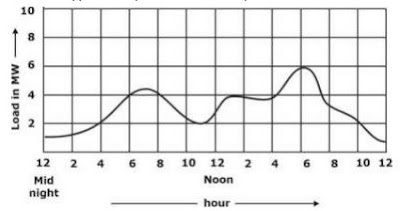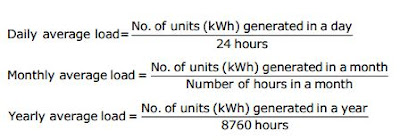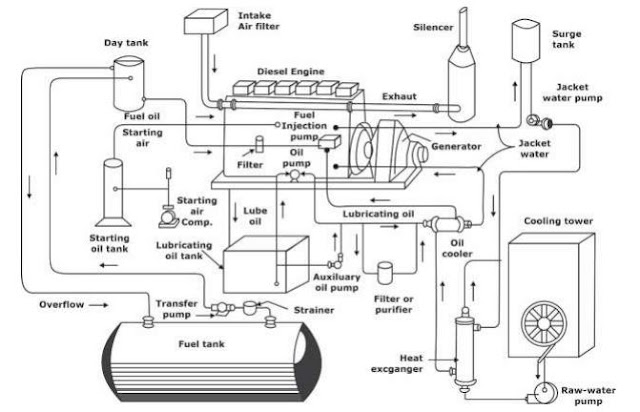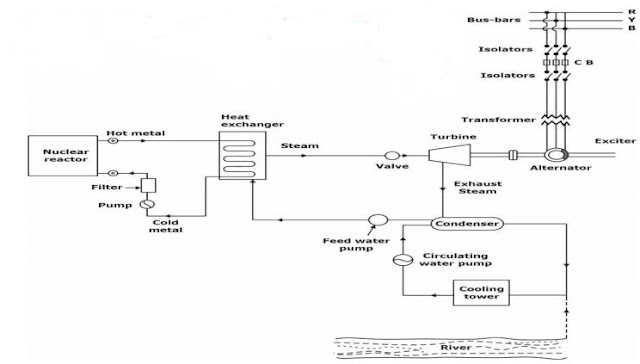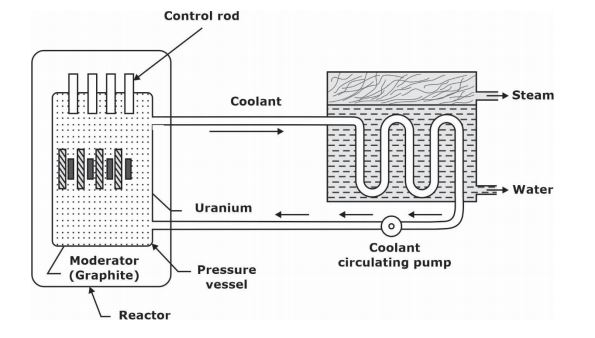Thermal Power Plants
Electrical Power Generation Station
Electrical Power Generation:-The conversion of energy available in different forms in nature into electric energy is called a generation of electrical energy.
Electrical Power Generation Plant
Conventional Non-Conventional
1.Thermal Power Plant 1.Hydro-electric Power Plant
2.Nuclear Power Plant 2.Wind Power Plant
3.Gas Power Plant 3.Solar Power Plant
4.Diesel Power Plant 4.Geothermal Power Plant
5.Tidal Power Plant
Steam Power Station (Thermal Station):-
A generating station which converts heat energy of coal combustion into electrical energy is known as a steam power station.
Principle:
➢ Thermal plants work on the principle of Rankine cycle, in which, steam is reheated for improvement of thermal efficiency.
➢ From the coal storage plant, coal is delivered to the coal handling plant where it is pulverized (i.e.crushed into small pieces) in order to increase its surface exposure, thus promoting rapid combustion without using large quantity of air.
➢ The coal is burnt in the boiler and the ash product after the complete combustion of coal is removed to the ash handling plant and then delivered to the ash storage plant for disposal.
➢De-mineralized (DM) water is used to protect the boiler tubes from corrosion effect.
➢ Deaerator is used for removing air bubbles inside the water for protecting the boiler tubes.
➢ BFP (Boiler Feed Pump) is the highest pressure generating pump in thermal plant. It generates pressure upto 165kg and consume power upto 4MW.
➢ The steam produced in the boiler is wet and is passed through a super heater where it is dried and super heated (i.e. steam temperature increased above that of boiling point of water) by the flue gases on their way to chimney, which increases overall efficiency and prevent turbine blades from corrosion.
➢ Economizer is used to absorb heat from flue gas to increase the feed water temperature, which improves thermal efficiency.
➢ An Air preheater (APH) is used for increasing the temp. of the air supplied for coal burning by deriving heat from flue gas.
➢ Turbo separator are used inside the drum for separating water and steam.
➢ A condenser is a device which condens the steam at the exhaust of turbine. It serves two important functions. Firstly, it creates a very low pressure at the exhaust of turbine, thus permitting expansion of the steam in the prime mover to a very low pressure.
➢ This helps in converting heat energy of steam into mechanical energy in the prime mover.
➢ Vacuum pump and steam ejector are used in a condenser for absorbing steam from the turbine to the condenser.
➢ Most of the energy is wasted for conversion of steam into water inside the condenser so that thermal efficiency is between 35-40%
➢ Using cooling Tower, circulating water temperature is reduced.
➢ Primary Air (PA) fan is used to send coal powder from the coal mill to the boiler.
➢ Forced Draught (FD) fan is used to supply oxygen to the boiler for proper combustion.
➢ Induced Draught (ID) Fan is used to take flue gases from the boiler and released to the atmosphere through chimney.
➢ Electrostatic Precipitator (ESP) is used to collect ash particles from the flue gas. It works on the principal of electrostatic field.
➢ Natural water usually has pH value between 6.5 and 7.5 pH.
➢ A common recommendation is to maintain boiler water is 8.5 pH.
Choice of site for Steam / Thermal Power Plant:
1. Supply of fuel
2. Availability of Water
3. Transpiration facility
4. Coat and type of lands
5. Nearness to load center
6. Distance from populated area
Efficiency of Thermal Power Plant:
The overall efficiency of steam power station is quite low (about 35-40%) due mainly to two reasons
1. A huge amount of heat is lost in the condenser and
2. Heat losses occur at various stages of the plant
1. Thermal Efficiency:
➢ The ratio of heat equivalent to the mechanical energy transmitted to the turbine shaft to the heat of combustion of coal is known as thermal efficiency of thermal power plant.
Note:-
➢ More than 50% of total heat of combustion is lost in the condenser. The other/remaining heat losses occur in flue gases, radiation, ash etc.
2. Overall Efficiency:
➢ The ratio of heat equipment of electrical output to the heat of combustion of coal is known as overall efficiency of thermal power plant.
➢ Overall Efficiency = Thermal Efficiency X Electrical Efficiency
Advantages
(i) The fuel (i.e., coal) used is quite cheap.
(ii) Less initial cost as compared to other generating stations.
(iii) It can be installed at any place irrespective of the existence of coal. The coal can be transported to the site of the plant by rail or road.
(iv) It requires less space as compared to the hydroelectric power station.
(v) The cost of generation is lesser than that of the diesel power station.
Disadvantages
(i) It pollutes the atmosphere due to the production of large amount of smoke and fumes.
(ii) It is costlier in running cost as compared to hydroelectric plant.

